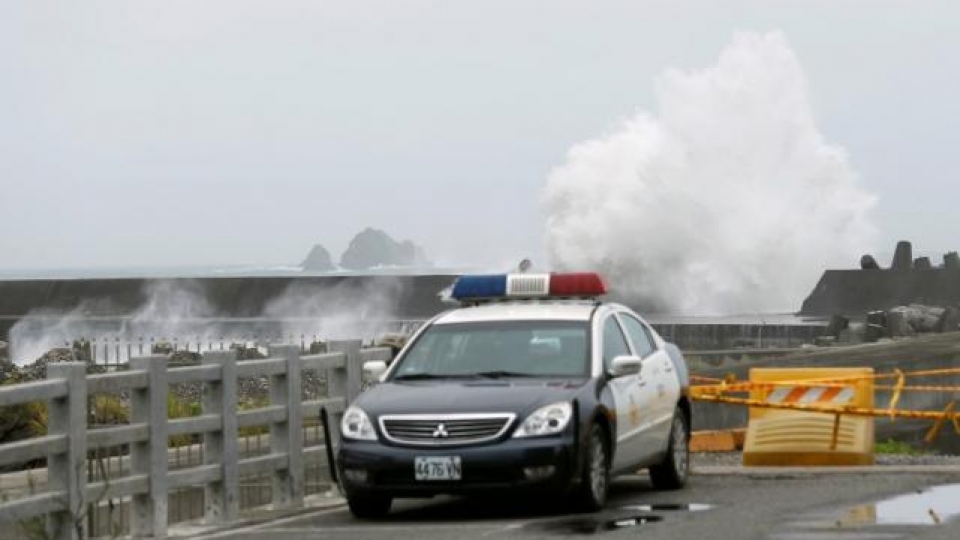By afternoon, the typhoon had moved into the Taiwan Strait, weakening as it headed towards China's southeastern province of Fujian, but flooding and strong winds continued to lash the island's central and southern areas.
More than 17,300 people were evacuated from their homes, and over 517,000 households suffered power outages, emergency officials said.
"The wind is very strong," said a resident of Taitung, the eastern Taiwan city where the typhoon landed.
"Many hut roofs and signs have been blown off."
Three deaths and 172 injuries were reported, bullet train services were suspended and over 340 international and 300 domestic flights canceled, an emergency services website showed.
The typhoon halted work in most of Taiwan. There were no reports of damage at semiconductor plants in the south.
Tropical Storm Risk had rated the typhoon as category 5, at the top of its ranking, but it was weakening and should be a tropical storm by the time it hits Fujian on July 9 morning.
More than 4,000 people working on coastal fish farms in Fujian were evacuated and fishing boats recalled to port, the official China News Service said.
The storm is expected to worsen already severe flooding in parts of central and eastern China, particularly in the major city of Wuhan.
Typhoons are common at this time of year in the East Sea, picking up strength over warm waters and dissipating over land.
In 2009, Typhoon Morakot cut a swathe of destruction through southern Taiwan, killing about 700 people and causing damage of up to $3 billion.
